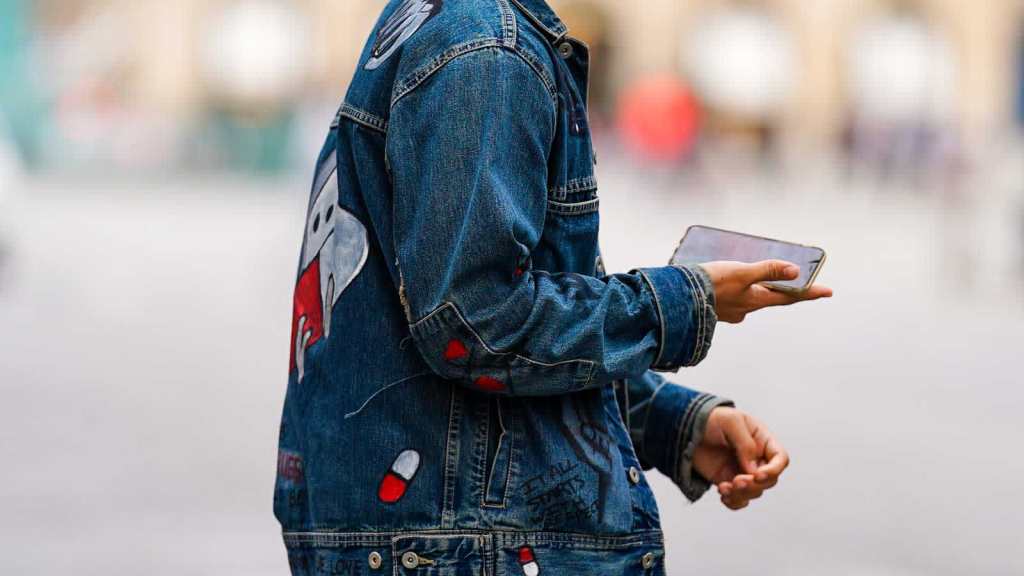“The most trolled woman in the world”, Meghan Markle, attended Fortune’s Most Powerful Women Next Gen Virtual Summit and spoke about the pitfalls of social media addiction.
During her address, Markle compared avid social media users to drug addicts — calling them “users”.
“There are very few things in this world where you call the person who’s engaging with it ‘a user’,” she said. “People who are addicted to drugs are called users and people who are on social media are called users.
“There is something algorithmically that is in there that is creating this obsession that I think is very unhealthy for a lot of people.”
So, is it as addictive as she says it is?
We asked Tim Hill from Social Status, an industry-leading social media analytics platform if it’s a real thing.
“Social media addiction is a very real issue which affects many of us in the population,” Hill told The Latch.
Hill says that the “pull down to refresh” mechanics and notification features that are built into all social media apps are “designed to attract users back into the apps and spend more time there.”
“For the social channels, more active users equals more ad inventory equals more ad sales.,” he said.
According to Hill, the apps employ every tactic and strategy to pull users back in and get them hooked on these addictive behaviours.
“Humans are very vulnerable to this. Multiple studies have cited these behaviours release dopamine akin to gambling and some forms of drug addiction. Indeed, Meghan Markle quite rightly points this out.”
In order to identify it in your own behaviour, Apple users can look at their built-in Screen Time app on iOS or if you use an Android, the Digital Wellbeing app.
“Look at the time you spend and the number of times you open social media apps. Then, look at the trend over time, is it going up or down?
“How does the trend differ between weekdays and weekends and certain times of the day? The key is to monitor your own behaviour and be more cognizant of when and how often you open these apps.”
The good news is, Hill says weening yourself odd a social media addiction is “easier” than going through drug addiction rehabilitation and can take five simple steps:
☆ Step 1 – Arm yourself with stats
Check the in-built Screen Time or Digital Wellbeing app on your phone and closely monitor your usage.
☆ Step 2 — Accept how much you use social media and set rules
If you feel usage is increasing and is out of proportion with the usage of other apps on your phone, you must accept this and set in place some rules for yourself.
☆ Step 3 — Turn notifications on social media apps off
This is huge – if you do this, you’ll instantly silence the highly effective mechanisms for pulling you back in
☆ Step 4 — Use the DND feature
When you’re at work, studying or interacting with others, put your phone away or set your phone to Do Not Disturb mode.
☆ Step 5 — Only allow certain times to check the apps
Set a certain time of the day to check your social media apps. Take control of your usage and set your own schedule for when you spend time on social media.
Tim Hill is the CEO of Social Status, a social media reporting tool.







